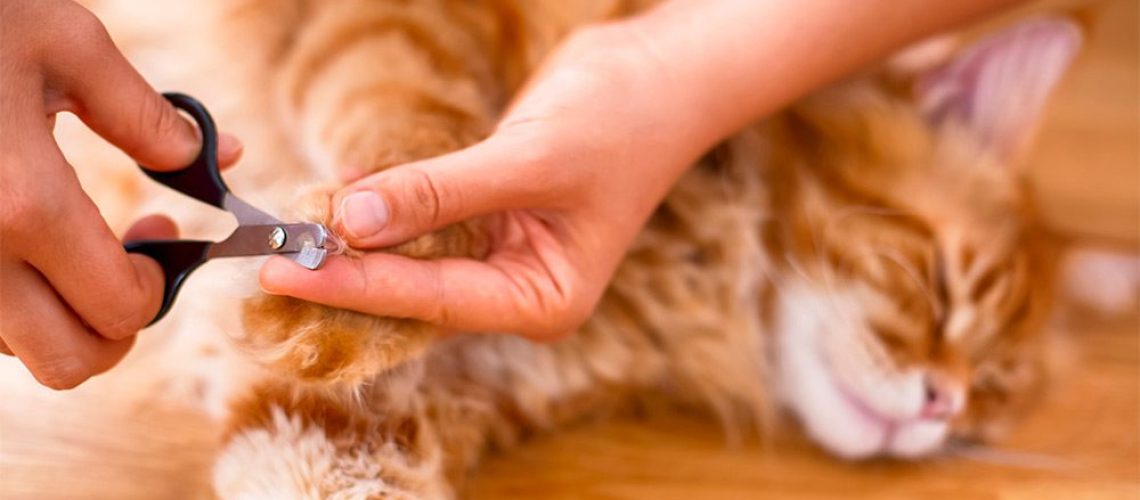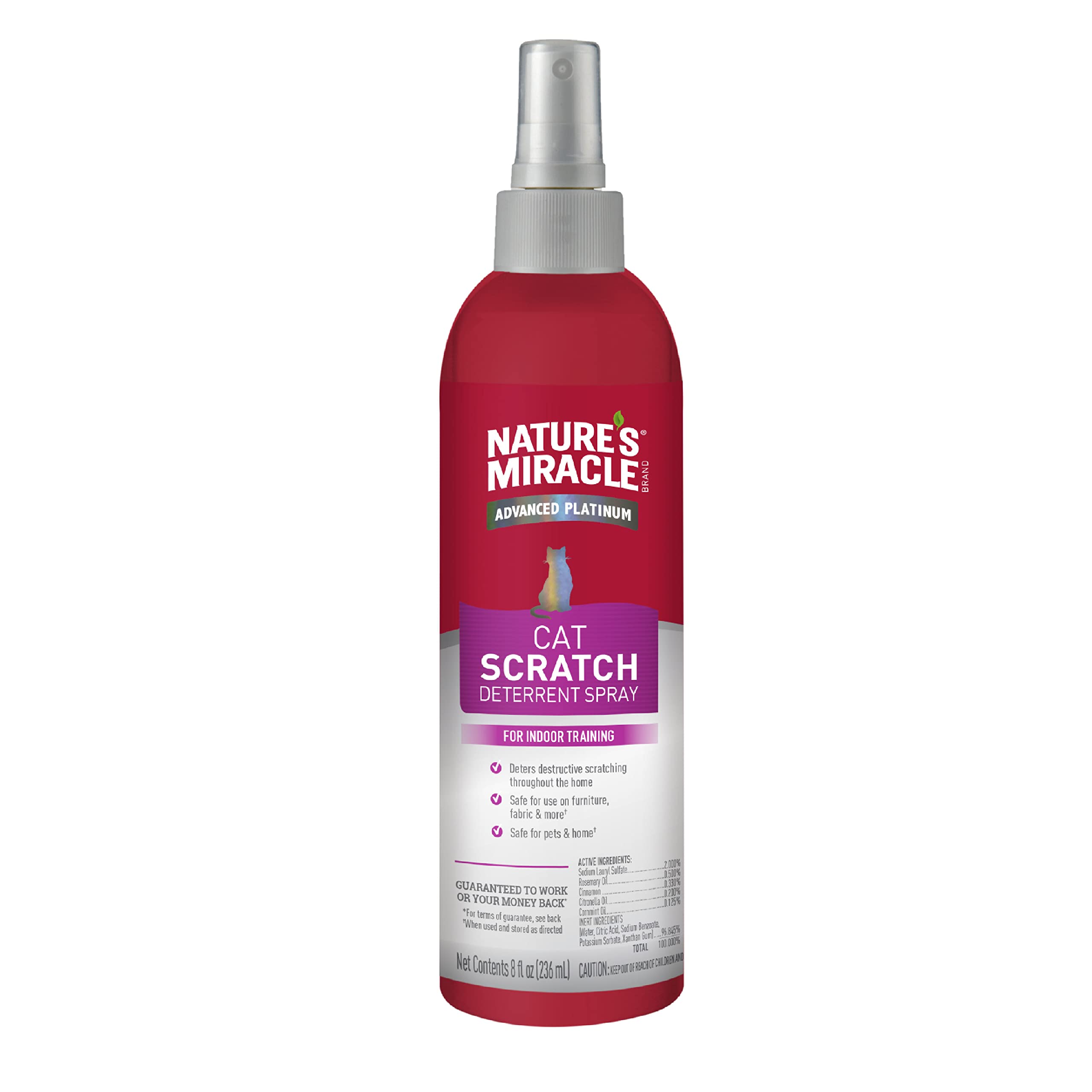Discover the importance of managing your cat's claws to keep them and yourself safe. Prevent injuries, scratches, and infections while maintaining a positive relationship with your feline friend. Learn from a personal experience and find out how to properly care for your cat's nails.
Key Takeaways:
- Regularly trim your cat's claws to prevent them from becoming too long and sharp.
- Provide appropriate scratching posts or boards for your cat to satisfy their natural instinct to scratch.
- Avoid punishing or declawing your cat as it can cause physical and behavioral problems.
- Use positive reinforcement techniques, such as treats and praise, to encourage your cat to use the scratching posts instead of furniture or carpets.
- If your cat still scratches inappropriately, consider using deterrents like double-sided tape or citrus sprays on the areas they target.
Why is it important to manage your cat's claws?
Cats have retractable claws that they use for various purposes, such as climbing, hunting, and defending themselves. However, if their claws become too long or sharp, it can lead to several problems. Firstly, long claws can get caught in objects like carpets or furniture, causing discomfort or injury to the cat. Secondly, overly sharp claws can easily scratch people or damage household items. Lastly, if a cat's nails are not properly maintained, they may grow into the paw pad and cause pain and infection.
Regularly managing your cat's claws is crucial for their overall well-being and safety. By keeping their nails at an appropriate length and condition, you can prevent potential injuries to both your cat and yourself. It also helps maintain a healthy relationship between you and your feline friend by minimizing accidental scratches during playtime.
The benefits of managing your cat's claws:
- Prevents claw-related injuries
- Reduces the risk of scratching accidents
- Maintains a positive human-cat interaction
- Prevents ingrown nails and infections
Natural ways to keep your cat's claws healthy
Cats naturally need to scratch and sharpen their claws, so it's important to provide them with appropriate outlets for this behavior. One natural way to keep your cat's claws healthy is by providing scratching posts or boards. These can be made of various materials such as sisal rope or cardboard, which mimic the texture of tree bark and allow cats to engage in their natural scratching behavior.
Another natural way to maintain your cat's claw health is by encouraging regular exercise. Playtime with interactive toys that encourage jumping, pouncing, and climbing can help wear down your cat's nails naturally. Additionally, providing a variety of surfaces for your cat to walk on, such as carpet, rugs, and different types of flooring, can also help keep their claws in good condition.
How often should you trim your cat's claws?
The frequency at which you should trim your cat's claws depends on several factors including their lifestyle and individual nail growth rate. On average, most cats will benefit from having their nails trimmed every 2-4 weeks. However, some cats may require more frequent trims if they have fast-growing nails or are not able to wear them down naturally through scratching and play.
It's important to monitor your cat's nails regularly for signs that they need trimming. If you hear clicking sounds when your cat walks on hard surfaces or notice their nails becoming long enough to curl or snag on objects, it's time for a trim. Additionally, if you have an indoor-only cat who doesn't have access to rough surfaces like trees or concrete outdoors, they may require more frequent trims compared to outdoor cats who can naturally wear down their nails through outdoor activities.
The proper technique for trimming your cat's claws
Trimming your cat's claws can be a delicate process, but with the right technique, it can be done safely and effectively. Start by getting your cat comfortable with having their paws handled. Gently touch and massage their paws while offering treats or praise to create positive associations.
Step 1: Choose the right tools
Invest in a pair of high-quality cat nail clippers or human nail clippers with a straight edge. Avoid using scissors or dull clippers as they can crush or split the nails.
Step 2: Find a calm environment
Choose a quiet room where you and your cat can relax without distractions. Consider having another person present to help hold your cat if needed.
Step 3: Gradually introduce trimming
Start by gently pressing on your cat's paw pads to extend their claws. Identify the translucent area called the "quick" inside the nail, which should be avoided during trimming as it is sensitive and can cause bleeding if cut.
- Hold the trimmer parallel to the nail and make small, gradual cuts at a slight angle to avoid cutting too close to the quick.
- If your cat becomes anxious or resistant, take breaks and offer treats or playtime as positive reinforcement.
- If you accidentally cut into the quick and it starts bleeding, apply styptic powder or cornstarch to stop the bleeding.
What to do if your cat doesn't like having its claws trimmed
If your cat doesn't enjoy having its claws trimmed, there are several strategies you can try to make the process more tolerable for both of you. One approach is desensitization, which involves gradually getting your cat used to the sensation of having their paws touched and nails trimmed.
Start by touching your cat's paws for short periods while offering treats or praise. Gradually increase the duration of paw handling sessions over time. Pair each session with positive reinforcement to create a positive association with nail trimming.
Using treats and distractions
Another technique is to use treats or distractions during the trimming process. Offer your cat a special treat or engage them in play with a favorite toy while someone else trims their nails. This can help redirect their attention and make the experience more enjoyable.
Seeking professional help
If despite your best efforts, your cat continues to resist nail trims, it may be beneficial to seek assistance from a professional groomer or veterinarian who can safely trim your cat's claws using sedation if necessary.
Alternatives to trimming a cat's claws
If you're unable to trim your cat's claws or if they simply don't tolerate it well, there are alternative options available to help manage their claw health. One option is using claw covers, also known as soft paws or nail caps.
Claw covers are small plastic caps that are glued onto your cat's claws. They provide a protective barrier that prevents scratching damage without interfering with normal scratching behavior. Claw covers typically need to be replaced every 4-6 weeks as the cat's nails naturally grow out.
How scratching posts help manage a cat's claws
A scratching post is an essential tool for managing your cat's claws and promoting healthy scratching behavior. Scratching posts provide cats with an appropriate outlet for their natural instinct to scratch and stretch, helping keep their claws healthy and strong.
When choosing a scratching post, opt for one that is tall and sturdy, allowing your cat to fully stretch their body while scratching. Look for posts covered in materials like sisal rope or cardboard, as these textures are appealing to cats and mimic the feeling of scratching on tree bark.

Encouraging use of the scratching post
To encourage your cat to use the scratching post, place it in a prominent location where your cat spends a lot of time. You can also sprinkle some catnip on the post or use interactive toys to attract their attention. Whenever you catch your cat using the scratching post, reward them with praise or treats to reinforce the positive behavior.
Signs that indicate your cat needs its nails trimmed
It's important to be aware of signs that indicate when your cat's nails need trimming. One common sign is if you hear clicking sounds when your cat walks on hard surfaces such as tile or hardwood floors. This indicates that their nails have become too long and are hitting the ground as they walk.
Another sign is if you notice your cat's nails curling or growing into their paw pads. Long claws can cause discomfort and even lead to infections if left untrimmed. Additionally, if you find that your cat's claws frequently get caught on objects like furniture or carpets, it may be time for a trim.
The benefits of regular nail trims for you and your cat
Regular nail trims offer several benefits for both you and your cat. For cats, keeping their claws properly maintained helps prevent overgrowth and curling, which can lead to pain and potential injuries. Trimming also reduces the risk of accidental scratches during playtime or interactions with humans.
For pet owners, regular nail trims can help protect furniture, carpets, and other household items from being scratched or damaged by sharp claws. Trimming your cat's nails also reduces the likelihood of painful scratches on your skin, especially if you have young children or elderly individuals in your household.
Overall, maintaining your cat's claw health through regular trims promotes a safe and harmonious environment for both you and your feline companion.
| Manage Your Cat's Claws | |
| 1. Regular Nail Trimming | Trim your cat's nails every 2-3 weeks to prevent them from getting too long. |
| 2. Provide Scratching Posts | Offer your cat suitable scratching posts to redirect their clawing behavior. |
| 3. Use Soft Nail Caps | Consider using soft nail caps to protect furniture and minimize scratching damage. |
| 4. Environmental Enrichment | Keep your cat mentally stimulated with toys, playtime, and interactive activities. |
Is it necessary to trim a cat's claws?
It is important to trim your cat's nails, but it is crucial to be cautious and avoid cutting the quick. The quick is the dark pink area inside the claw that contains nerves and blood vessels. It is sensitive, and cutting it can lead to bleeding and pain for the cat.
How do you control a cat's claws?
Hold your pet's paw in your hand and use your thumb and pointer finger to apply gentle pressure to the top and bottom of the paw, specifically on the joint right behind the claw. This action will cause the claw to lengthen, allowing you to trim off the sharp tip quickly and safely.
Is it better to trim cats nails or declaw them?
Declawing is not simply cutting the claws, but rather a surgical procedure that involves removing the claws, which are attached to the bone. To prevent the claw from growing back (which can occur if the removal is not done completely), the entire first joint of each "toe" of the cat is amputated.
Is there an alternative to clipping cats nails?
Applying nail caps, like Soft Paws, can be used to protect your cat's nails. These caps act as a shield and need to be replaced every few months, depending on the rate of nail growth. This is a great alternative to declawing.
How do I keep my cats claws dull?
These nail caps made of plastic are available in four different sizes, and applying them is relatively easy once you and your cat become familiar with the process. They are available in both natural and fashion colors and can be purchased from your veterinarian or larger pet supply stores. These caps are glued onto the nails to create a blunter tip.
Why do cats hate having their claws trimmed?
The quick is the part of the nail that contains the nerves and blood vessels. Clipping the quick can be very painful and cause bleeding. Your cat may dislike getting their nails trimmed because of the pain and bleeding they have experienced in the past. However, a properly trained cat will not have a problem with nail trimming.

















